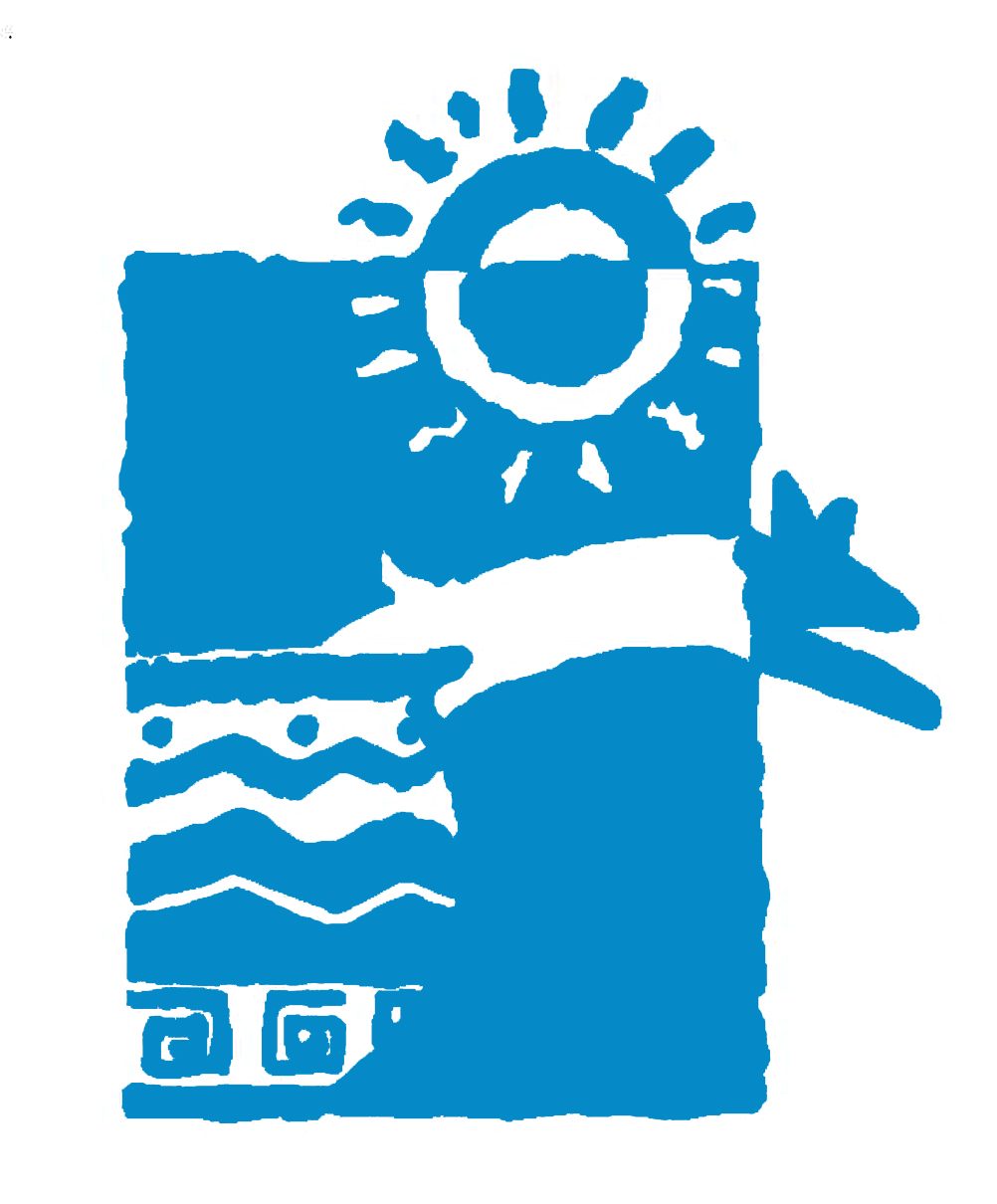[Source: JB Miller, The Weekly Bulletin] – After years of neglect due to funding cuts, as well as a wildfire that nearly razed one of the state’s most important territorial style homes, Arizona State Parks is now rushing to save the historic headquarters of the San Rafael Ranch. As part of this effort, over a dozen AZ State Parks personnel recently spent two days (Oct 9-10) cleaning house, making repairs, and getting the grounds into shape.
In addition, a new caretaker has been hired to keep an eye on the ranch house and adjoining property located along the U.S.-Mexico border just east of Lochiel. “All hands are on deck,” said Lee Eseman, acting chief of operations, who was busy working on one of the columns along the weathered and termite eaten porch that wraps around the 9,000 square foot house. “Hopefully it is in time.”
In 2008, the state parks system experienced a heavy layoff, leaving the San Rafael State Natural Area devoid of staff. “We had this place pretty much vacant when the recession hit and they started cutting back on our funding. When they did away with the Heritage Fund they did away with all the operational funding for this,” said Assistant State Parks Director Jay Ream. “We’ve had about $2 million over the last few years taken from our operating fund to help out with the state budget. We just couldn’t put people here and keep other parks open too. The problem was if you don’t keep a park open you begin to spiral down.”
In addition to damage to the main house, it was discovered that the adobe walls to the barn were crumbling away. “It’s been deteriorating quickly,” said Eseman, who added that there are also two out buildings “cowboy houses” that need to be maintained. Other challenges include keeping the solar and water systems going. Near one of the bunkhouses, a windmill broke and water had to be trucked in. The vegetation that surrounded the structures had also gotten out of hand, which fueled a wildfire that broke out following what was suspected a lightning strike this past summer.
“The fire in June was a wake-up call,” said Ream about the wildfire that destroyed a nearby pump house before burning all the way up to the historic headquarters. Luckily firefighters from the Patagonia Volunteer Fire and Rescue Department and the Coronado National Forest Service were able to respond quickly enough to douse the flames.
“We dodged a bullet and swore that when we got to the new fiscal year, we were determined to get somebody in here and have a clean-up day,” Ream said. In addition to mowing around the house in order to make it more “fire wise,” the work crew also removed an alarming amount of dead grass that had blown against the buildings. “A clean-up day does two things – one it gets a lot of big projects done in a hurry, but it’s also a nice team-building thing,” Ream said. He said parks personnel also wanted to knock out as much as they could so it wouldn’t seem so daunting to the new caretaker, Jon Erickson, who he described as a “good all-around hand.”
For now the San Rafael House will remain closed to the public. “It’s not structurally sound nor does it have the facilities for the general public (restrooms etc),” said Eseman, adding that safety along the border has also been a concern for AZ State Parks.
Originally a Mexican Land Grant, San Rafael de la Zanja was purchased by Colin Cameron and partners in the late 1800s. Built in 1900, the “Cameron House” was sold along with the ranch three years later to William C. Greene, better known as Colonel Greene the “Copper Skyrocket.” After the death of William Greene’s daughter Florence Greene Sharp, the ranch was sold to The Nature Conservancy in 1998 and eventually Arizona State Parks purchased 3,557 acres of the property in 1999 as a natural area.
According to the San Rafael State Park website, the purchase was made with Heritage Funds, which are used to preserve open areas. In 2008 the ranch headquarters was designated as a National Historic District. “It’s an investment in Arizona’s future,” Ream said while looking out of one of the windows at the surrounding San Rafael Valley. “Fifty years from now people will be seeing this as one of the greatest places in the world. I’ve seen maps of what Arizona is supposed to look like in 2050 and vast places like this will be the places people will want to visit.”
